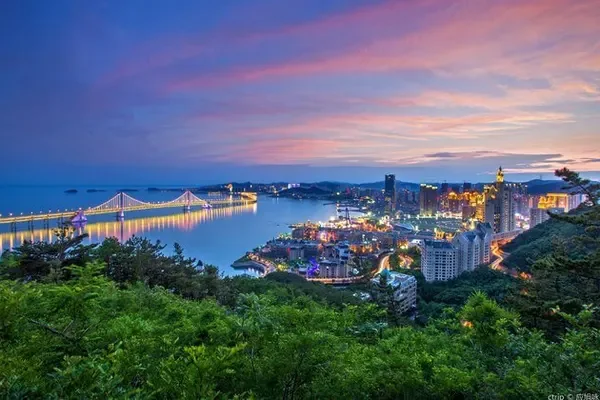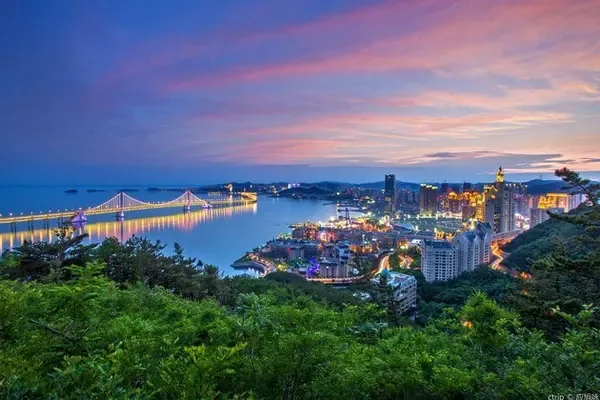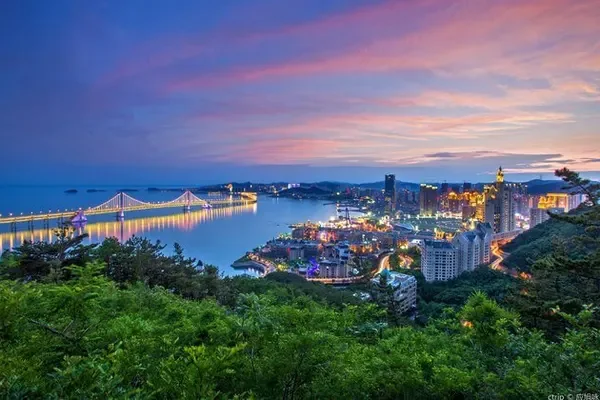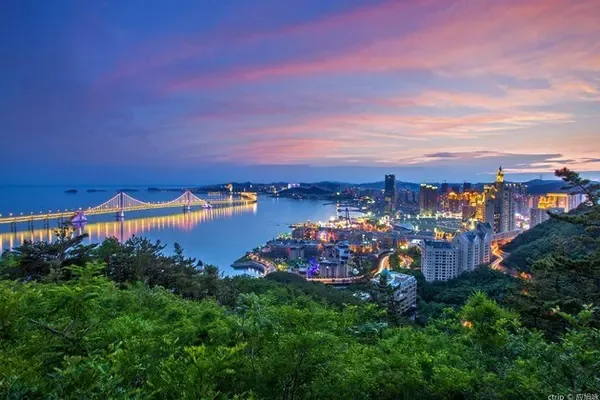This section will introduce the fourth part of "Traveling through Ali" in our self-driving trip through Tibet and through Ali. It mainly introduces the introduction of relevant places, related itineraries and road conditions along the way, hotel stay conditions, situations along the way, unforgettable moments and travel feelings.
1. Introduction to Yecheng and Sanshili Barracks
Yecheng is located in the southwest of Xinjiang, 260 kilometers away from Kashgar City, and is a county under the jurisdiction of Kashgar in Xinjiang. Yecheng is bordered by the Karakorum Mountains and Kunlun Mountains in the south, the vast Taklamakan Desert in the north, and borders Pakistan and Indian-controlled Kashmir. There is a border line of more than 80 kilometers long, and the terrain is high in the south and low in the north. Yecheng is also the starting point of the Xinjiang-Tibet Highway and an important base for supplies in the Ngari area of Tibet.





The Sanshili barracks was originally the largest military station on the Xinjiang-Tibet line, with an altitude of 3,620 meters. It is mainly composed of military agencies, hospitals, barracks, etc. Because it is between Japan and Yecheng, drivers often pass by here to rest and repair vehicles. It has developed into the largest rest and supply point on the western section of the Xinzang Line.



2. The itinerary and road conditions of the last section of the Xinzang Line
On May 15, 2019, I went to Yecheng from the Sanshili barracks. The mileage of the day was 374 kilometers, mainly along the 219 National Highway.
The whole journey from Sanshili Barracks to Yecheng is National Highway 219, Class II highway, and asphalt pavement. , from the jingle "The Daban in Kudi is dangerous, like the gate of hell; the tip of Mazhadaban, a steep rise of 5,300; There are many steep slopes, which are extremely difficult and dangerous; Mazha Daban has a steep slope and a large difference in elevation when climbing up and down; Heika Daban has many curves, so pay attention to observation and drive carefully.
3. Stay in the hotel
On May 14th, I stayed at the Shunda Hotel in the Sanshili Barracks. This is a simple hotel. In the Sanshili Barracks, except for the buildings in the PLA Military Station, this is the only building here, and it is also the best hotel for external operations. The rooms are small and the facilities are simple. Some rooms have separate bathrooms, and some rooms share a bathroom with two rooms. The sanitary conditions are average. Parking is available in front of the door and in the courtyard. Although the conditions are very poor, I can only recommend it to my friends, because the conditions in other places are even worse.
4. Situations along the way and unforgettable moments
From the Sanshili barracks to Yecheng, there are actually no scenic spots, but cross the world-famous Kunlun Mountains and Karakorum Mountains, and cross the three most famous Daban on the Xinjiang-Tibet Line - Heika Daban, Mazada Ban, Daban in Kudi, and the Xinzang line have "Daban in Kudi is dangerous, like a gate of ghosts; Mazhadaban is sharp, with a steep rise of 5,300; Heikadaban spins, with ninety-nine bends." A true portrayal of the difficulty and danger of this section of the road! Of course, on these Daban (mountain passes), the scenery is also unique here.
1. Black Kazi Daban
Heikazi Daban, also known as Kekeat Daban, is named for the black color of the nearby mountains. The mountain pass is nearly 4,909 meters above sea level.



2. Mazadaban (large drop)
Mazha Daban, also called Celik Daban, is the longest Daban on the Xinjiang-Tibet Line, with an altitude of 4,969 meters. Mazha Daban has steep mountains and goes straight into the sky. The scene on both sides of Maza Daban is extremely desolate. There are endless rocky mountains everywhere, where no grass grows, and the mountains are covered with brown gravel. It was an extremely lonely scene, with barren slopes, dust, and white mountain tops, without a trace of life.












3. Kudi Daban
Kudi Daban is also called Akazi Daban, which means "snow mountain that even monkeys can't climb" in Uyghur. It is the last and first Daban we crossed the Xinzang line. The terrain is famous for its dangerous terrain. The road up the mountain has many bends and steep slopes, the road surface is narrow, and the road surface is seriously damaged. Guardrail, extremely thrilling. After passing the mountain pass is a long downhill section, driving in alpine valleys.







It can also be seen from the number of photos we took that when passing through Heikazi Daban and Kudi Daban, the roads are difficult and dangerous, so we have to concentrate on driving carefully, so we didn’t take any photos on the road. When we saw the mountain pass, we took the road signs, It's going down the mountain again, and I have to concentrate on driving again.
5. Traveling through feelings
This time when we crossed Ngari, there is a situation that we did not think of before, that is, a large part of the Ngari Plateau is in Xinjiang. We thought that the Sanshili barracks were located in Tibet, but we did not expect that it belonged to Pishan County in Xinjiang. There are still nearly 300 kilometers from the Shili barracks to the demarcation point between Tibet and Xinjiang. In this way, it is about 600 kilometers from the demarcation point to Yecheng, which is almost equivalent to traversing Hubei Province from east to west.
Another interesting point is that from the vicinity of the Shiquan River to Yecheng in Xinjiang, all the mountain passes are called Daban. I thought it was strange at the time, but I later learned that after the liberation, the administrative and personnel work in the Ali area was entrusted to Xinjiang to manage. It was not returned to Tibet until 1979. There may be other reasons for this, but one of the reasons is that Ngari area is closer to Yecheng than Lhasa.
It can be seen that although the previous travel strategy is relatively detailed, there are still many situations that have not been fully grasped. This also gives me a good spur and encouragement to further explore the great rivers and mountains of the motherland, because there is still a lot of knowledge that we need to learn. Learning, there are more roads we need to explore.
———End of this chapter———



